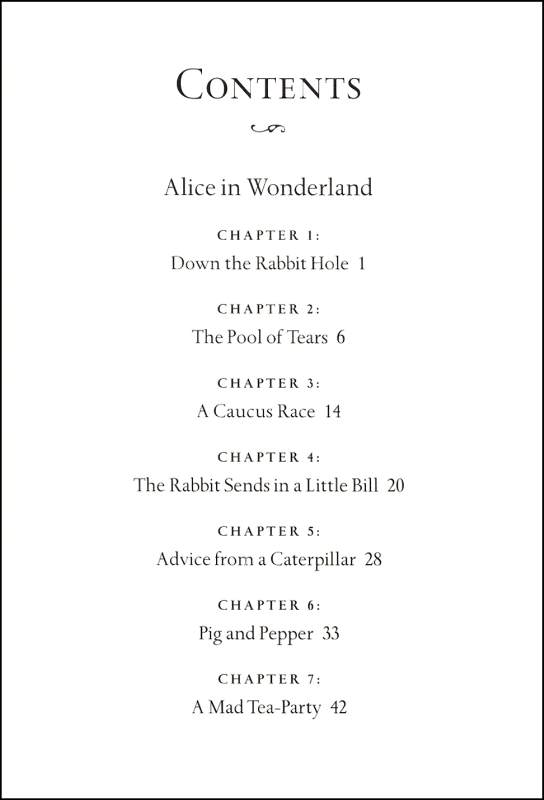
Carroll almost called it “Alice’s Hour in Elfland.” Hepworth himself played the Frog Footman, while his wife was cast as the White Rabbit and the Queen. At the turn of the century, that made it the longest film produced in Britain. Only a handful of years after Carroll died, directors Cecil Hepworth and Percy Stowe made the story into a 12-minute film.

The books from the subpar printing were later sold in America. Luckily, once widely published, Alice enjoyed instant success. When he saw an early copy of the book, Tenniel was so dismayed at how badly his drawings had been reproduced, Carroll scrapped the entire edition, spending more than half his annual salary to get it reprinted and leaving him in a financial hole before the book even came out. The original illustrator hated the first edition.Ĭarroll commissioned prominent English illustrator John Tenniel to create the accompanying art for the story. “These episodes are likely something that came up later in the retelling of the story,” Vega says.

By the time he self-published the final version of Alice’s Adventures in Wonderland in 1865, it had doubled in length, with new scenes including those with the Mad Hatter and the Cheshire Cat. He eventually turned it into a written novel, presenting it to Alice as an early Christmas gift in 1864. But just like your niece who won’t stop begging to watch Frozen again, the kids wouldn’t stop asking him to tell the story-Carroll wrote about having to retell “the interminable Alice’s adventures” in his diary. When Carroll began telling a fantastic tale to Alice Liddell and her two sisters on a summer 1862 boating trip up the Thames, he didn’t plan on becoming a children’s author.


The Mad Hatter never would have existed without the persistence of children. Houghton, Jr., The Morgan Library & Museum, Photography by Graham S. Image Credit: Albumen print, Photograph by Lewis Carroll (1832–1898). Alice Liddell in wreath as “Queen of May,” 1860.


 0 kommentar(er)
0 kommentar(er)
